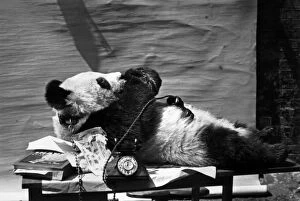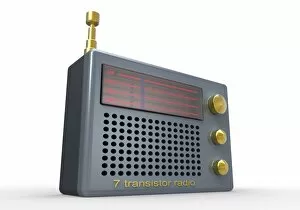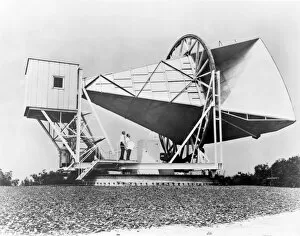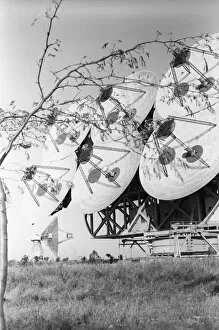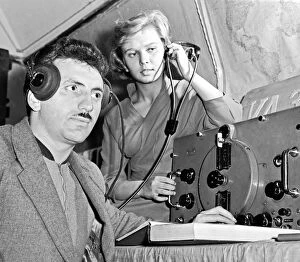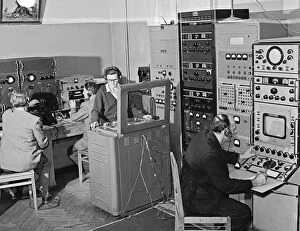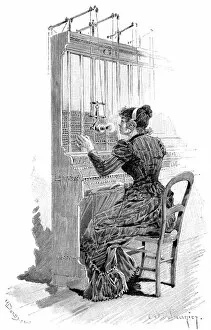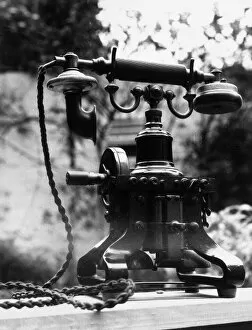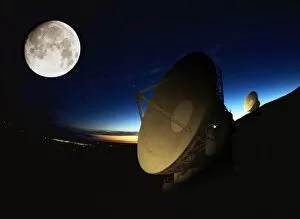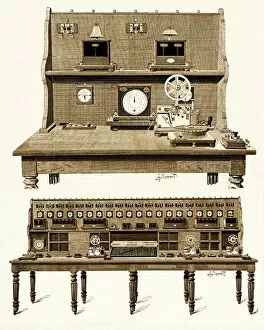Receiver Collection (#6)
"The Evolution of Communication: From Marconi's Radio Apparatus to Hands-Free Telephone Sets" In the late 19th century
For sale as Licensed Images
Choose your image, Select your licence and Download the media
"The Evolution of Communication: From Marconi's Radio Apparatus to Hands-Free Telephone Sets" In the late 19th century, Guglielmo Marconi revolutionized communication with his groundbreaking radio apparatus. As he stood beside his invention, a marvel of its time, the world was forever changed. Fast forward to the roaring twenties when secrecy and espionage were rampant. The Welrod pistol, equipped with an integrated receiver, became a tool for spies in their covert operations. A policeman at a police call box relied on his trusty receiver to receive important messages and maintain law and order. Meanwhile, American football players in 1923 huddled together as they strategized plays while listening intently through their receivers for instructions from their coaches. The game had taken on a new dimension of coordination and teamwork. As technology advanced further into the 20th century, telephone receivers emerged as essential tools for everyday communication. People eagerly listened through early telephone receivers to connect with loved ones or conduct business affairs. The iconic Gibson Girl, Kate, epitomized elegance as she effortlessly held her receiver to engage in sophisticated conversations that transcended distance and time. In another era altogether, David Wright captured attention with his provocative artwork featuring a woman clad in black negligee seductively holding a red telephone receiver - symbolizing both desire and connection. Even little girls found themselves captivated by this newfound means of communication at trade shows where they eagerly chatted away on oversized phones - perhaps envisioning future possibilities yet unknown. With technological advancements came convenience; hands-free telephone sets liberated individuals from cords and allowed them to multitask while engaging in conversation - truly embracing freedom within reach. Not even motorcycles were exempt from incorporating radio receivers into their design. Motorbike enthusiasts roared down highways tuned into music or news broadcasts that accompanied them on exhilarating journeys across vast landscapes.








